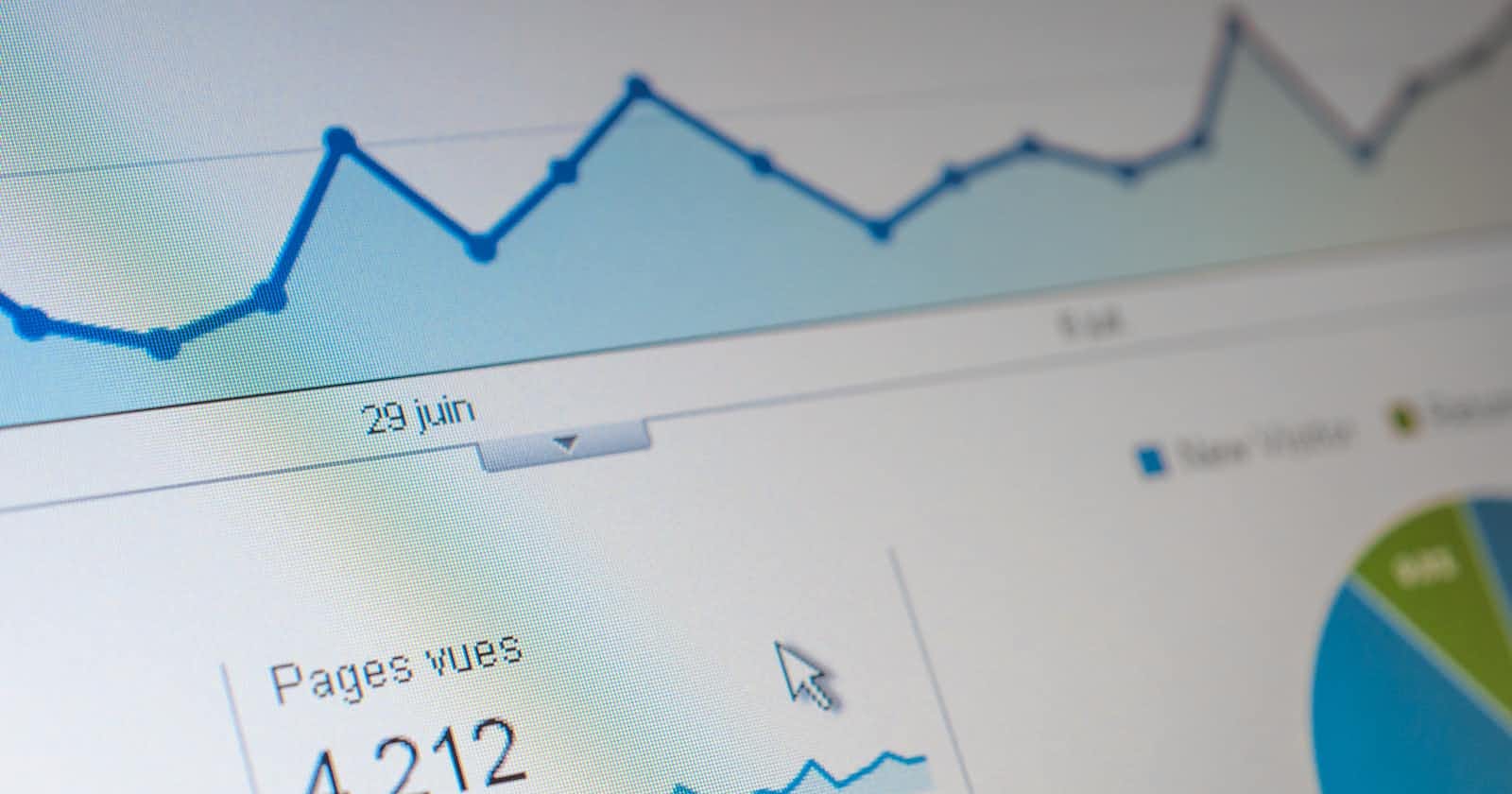
Photo by Agence Olloweb on Unsplash
Exploring Data with Python: An Introduction to Data Science
Python 101: Introduction to Python for Data Science
Python has emerged as one of the most popular programming languages for data science, thanks to its simplicity, versatility, and powerful libraries. Python has grown to be used in various scenarios and is very central to anyone seeking a career in data.
This article will describe how to get started with Python for data science and turn raw data into meaningful insights that can drive business decisions and innovation.
Install Python and Learn the basics of Python
Initially, you need to install Python on the computer. Anaconda is recommended as it includes Python, Jupyter Notebook, which is a light IDE commonly used by data scientists, and all major libraries.
After installing the Anaconda distribution, you can start learning the basics of Python. A basic understanding of Python is essential for an easy journey ahead.
You are recommended to learn the syntax, variables, data types, loops, conditionals, functions, and object-oriented programming concepts. After this, you should learn the basic data structures commonly used and essential for data manipulation and analysis.
The basic data structures include:
Lists: Lists are ordered sequences of values, which can be of any data type. Lists are mutable, which means that you can modify them by adding, removing, or changing elements.
Tuples: Tuples are ordered sequences of values, similar to lists. However, tuples are immutable, which means that you cannot modify them once they are created.
Dictionaries: Dictionaries are key-value pairs, where each value is associated with a unique key. Dictionaries are mutable and allow you to access, add, or modify values using their keys.
Sets: Sets are unordered collections of unique elements. Sets are useful for finding unique elements or performing set operations such as union, intersection, and difference.
Understanding these data structures and their functionalities is fundamental to data manipulation and analysis in Python.
Learn Data Science Libraries
Next, you should learn how to use data science libraries. The Python ecosystem has many libraries for data science, such as NumPy, Pandas, Matplotlib, Scikit-Learn, TensorFlow, and PyTorch.
These packages are useful in data manipulation and analysis, scientific computing, data visualization, building machine learning models, and training them.
Practice with Data Science Projects
It is said that you learn best when you practice. After acquiring a basic understanding of how to work with the libraries, get started with projects. The projects will solidify your knowledge of data science by allowing you to apply the theoretical knowledge you have learned in a practical setting.
Also, the projects can help you put together a portfolio of work that shows off your skills and knowledge. Having a portfolio can be helpful when looking for jobs or internships in the field, as it shows potential employers what you are capable of.
Lastly, you get to work with real-world data, which can be messy and complex. You would learn how to deal with different cases in the data, which would help you improve your data cleaning and preprocessing skills.
Join Data Science Communities
Networking with groups of individuals who share common interests and goals is essential to building your career. These communities can take many forms, such as online forums, social media groups, professional organizations, and local meetups.
Communities provide a platform for data scientists to share their knowledge and experiences with others. They can also help you look for a new job, find mentors, and make connections that will help you move up in your career.
The real-world work setting involves collaborating with other team members to achieve a result. The communities provide a platform for data scientists to find collaborators and work together on projects, which can lead to more innovative and successful outcomes.
Conclusion
Python is and remains a popular, powerful, and easy-to-learn programming language for data science. Getting started with Python for data science requires you to understand the programming concepts, basic data structures, and data science packages available in Python.
Additionally, practising with data science projects and participating in data science communities can help you develop your skills, build a portfolio, and gain practical experience in the field. With the right tools and resources, anyone can learn Python for data science and begin exploring the vast world of data analysis and machine learning.
